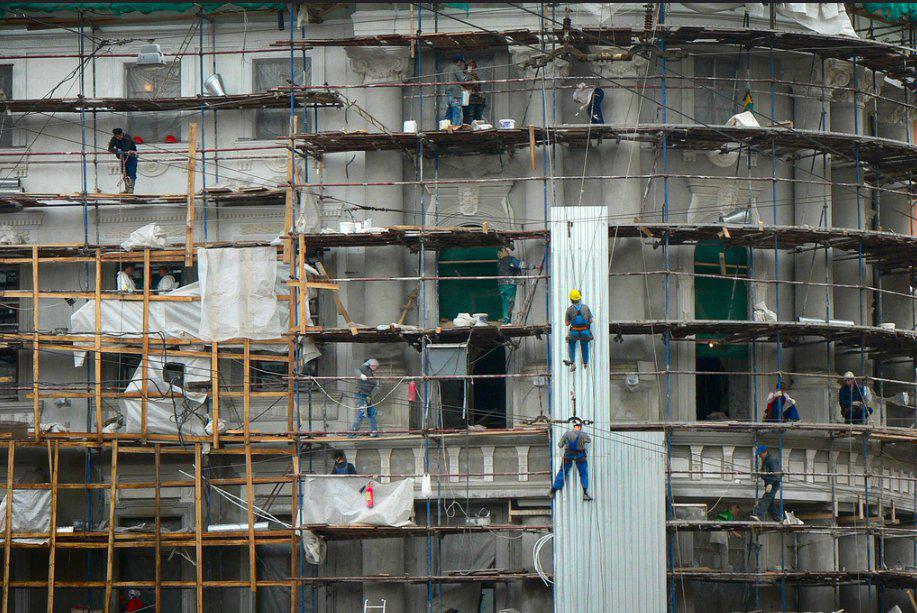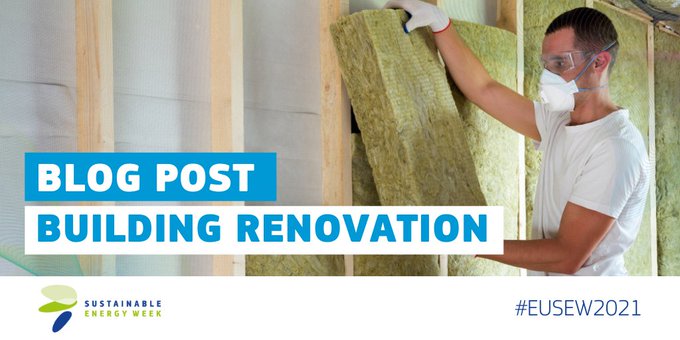Key energy stakeholders call for an ambitious revision of the EPBD


Together with 12 leading energy associations, the European Alliance to Save Energy calls on the European Commission to boost the decarbonisation of the EU building stock through an ambitious revision of the Energy Performance of Buildings Directive.
Buildings are a key part of the energy system, but most of them are energy inefficient and 75% of buildings’ energy consumption is still based on fossil fuels. The revision of the Energy Performance of Buildings Directive (EPBD) is “make or break” occasion to decarbonise a sector that has to cut its emissions by 60% by 2030.
In a joint letter addressed to Kadri Simson, EU Commissioner for Energy, and to Frans Timmermans, First Executive Vice-President of the European Commission, the European Alliance to Save Energy (EU-ASE) calls on the Commission to ensure that the EPBD revision leads the way to make our buildings energy efficient, renewables-based, flexible and integrated in the energy system.
To support this objective, together with the co-signatories, EU-ASE recommends including the following provisions in the EPBD:
- Apply the Energy Efficiency First Principle to stimulate renovations aiming at highly energy efficient, renewable-based and flexible buildings integrated in the increasingly variable energy system.
- Ensure all new buildings are both highly efficient and renewable-based from 2025 onwards.
- Introduce a binding target on EU Member States to reach annual integrated renovations of at least 3% per year.
- Introduce mandatory Minimum Energy Performance Standards (MEPS) for all existing buildings to accelerate the rate and depth of renovations.
- Accompany MEPS with easily accessible support measures targeting lower-income households and businesses.
- Strengthen and harmonise Energy Performance Certificates (EPC) to become a reliable instrument to support the uptake of building renovations and drive the deployment of clean energy solutions.
- Include recommendations in EPCs on how to improve a building’s energy performance through energy efficiency measures and the deployment of digital and decentralised energy resources.
- Support the cost-effective integration of the increasingly electrified building and transport sectors by strengthening the existing e-mobility provisions .
- Provide better technical assistance, including to local and regional authorities, on the use of available funds and build capacity to increase demand and reduce hurdles.




